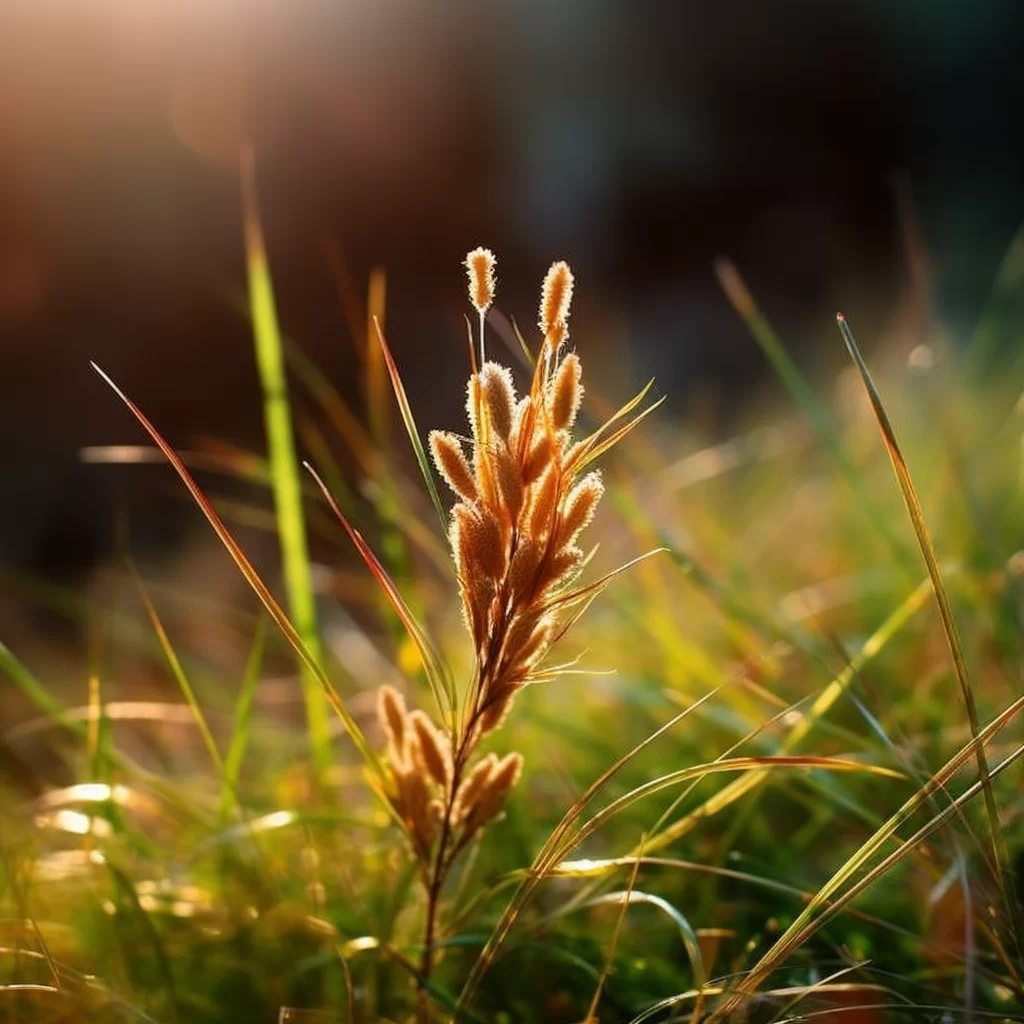Story of Day :
Contents
The Fiber Optic Grass Plant: Complete Guide and Care Tips
Gardening enthusiasts always seek new varieties of plants to make their garden stand out.
The fiber optic grass plant is one such unique and exotic plant that can be a great addition to any garden.
This ornamental grass, also known as Scirpus cernuus or Isolepis cernua, is native to New Zealand and Australia but has gained popularity worldwide for its unusual appearance and low maintenance requirements.
Appearance
The fiber optic grass plant gets its name from the hundreds of thin, hair-like leaves that resemble fiber optic wires.
These bright green leaves are soft to touch and have a delicate texture that sways in the breeze or when touched.
The plant has a tufted growth habit with a height range between 6-12 inches.
In late spring or early summer, it produces small white or beige flowers at the tips of the leaves that look like tiny light bulbs.
Care Tips

One of the biggest advantages of growing fiber optic grass is its low maintenance requirements.
It can grow in various soil types, ranging from sandy loam to clay soils with good drainage capacity.
It thrives in full sun but can also tolerate partial shade conditions.
- Fiber optic grass needs regular watering during its initial growth phase until it establishes itself properly.
- Once fully grown, it requires less frequent watering as it is drought-tolerant and can survive dry spells without much trouble.
- Fertilizing once every two months during spring season helps maintain healthy foliage growth.
- You should trim back any dead stems regularly so that they don’t spoil the overall look of your plants – use sharp scissors for this job!
- Removing spent flowers can help promote new growth and keep the plant looking tidy.
Uses
Fiber optic grass is an excellent choice for decorative landscaping.
It works well as a border or edging plant, especially when planted in clusters.
Gardeners also use it as a ground cover in rock gardens and other low-maintenance landscapes.

Pest and Disease Control
The fiber optic grass plant is relatively pest-free, but some insects can cause damage to the leaves or stem of the plant.
A regular check-up should be done to spot any potential problems early on so that you can take action before any significant damage occurs.
- Aphids are one such common insect known to attack fiber optic grass.
You must remove them with strong jets of water from your garden hose or using insecticidal soap if required.
- Caterpillars are another pest that feeds on foliage – eliminating them requires either manual removal by hand or application of Bacillus thuringiensis (BT).
Benefits of Growing Fiber Optic Grass Plant

Growing fiber optic grass has many benefits:
- The plants grow quickly, so you don’t have to wait long before seeing results in your garden!
- The unique appearance adds visual interest and texture to your landscape design.
- The low maintenance requirements make it easy for even novice gardeners to care for this ornamental grass successfully.
- Fiber optic grass provides year-round interest with its attractive foliage mimicking fibre optics cables during winter months when flowers are dormant elsewhere in the garden.
- This ornamental beauty also attracts beneficial insects such as bees and butterflies which will add life into your backyard.
Conclusion
Overall, the fiber optic grass plant is an excellent choice for garden enthusiasts looking to add unique and low maintenance plants to their landscape.
With its fascinating appearance, drought tolerance, and versatility in various soil types, it can be used in a wide range of settings from rock gardens to borders.
Its low maintenance requirements make it ideal for busy gardeners or those just starting with gardening.
So go ahead and add this beautiful ornamental grass plant to your garden collection today!
